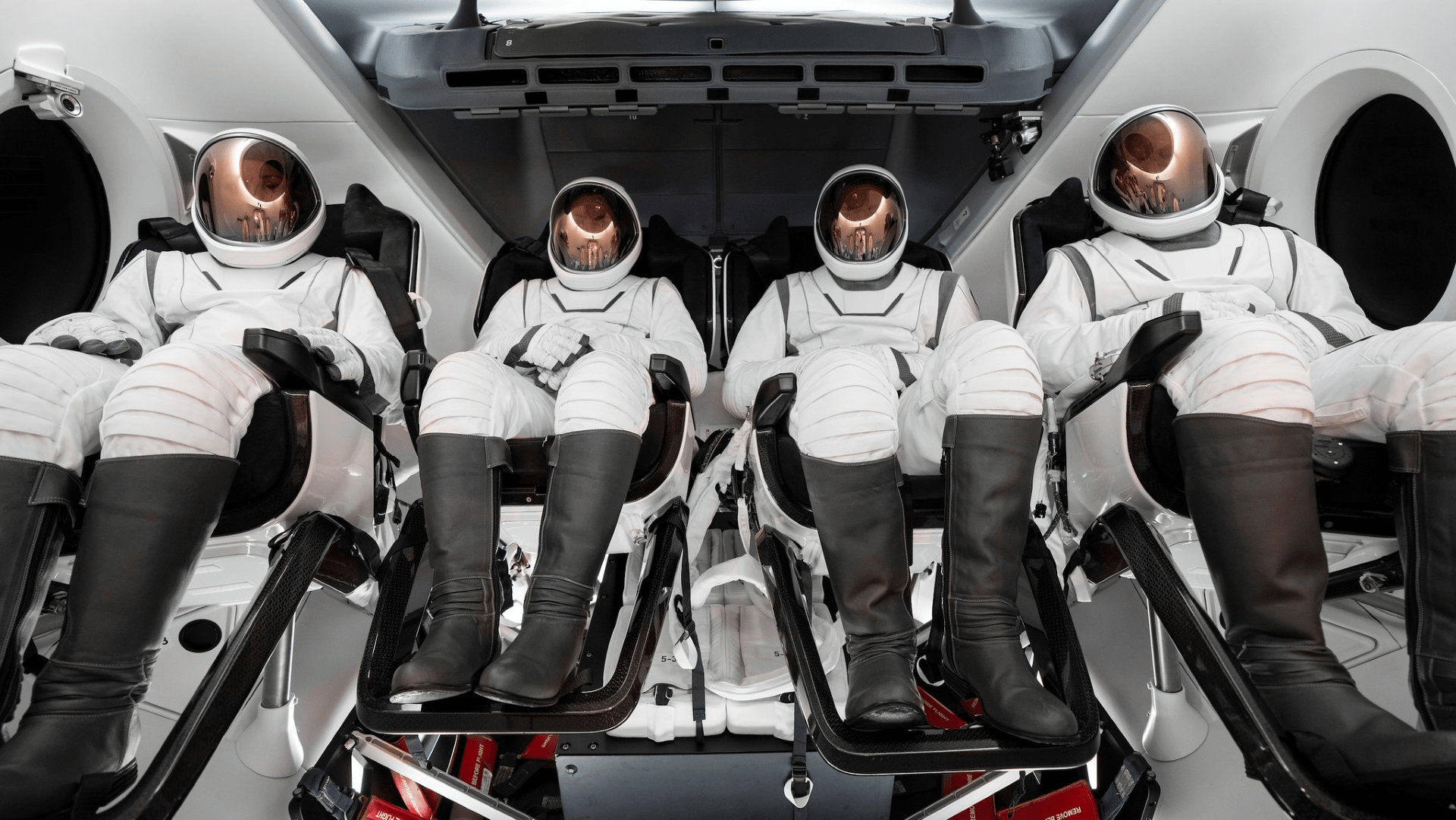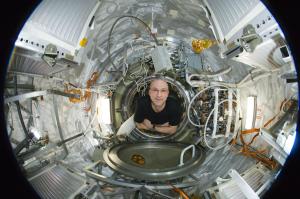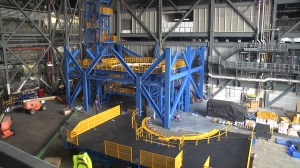
NASA researchers will soon benefit from a suite of experiments flying aboard a new fully-commercial human spaceflight mission, strengthening future agency science as we venture to the Moon, Mars and beyond.
The experiments are flying as part of the Polaris Dawn mission which launched aboard a SpaceX Dragon spacecraft and Falcon 9 rocket earlier today.
The four-person Polaris Dawn crew of Jared Isaacman, Scott "Kidd" Poteet, Sarah Gillis, and Anna Menon will conduct science during the mission including essential health and human performance research for NASA's Human Research Program. The research will help NASA scientists better understand how exposure to space conditions affects the human body. The crew will test new medical approaches and technology on telemedicine capabilities, gather data on space motion sickness, and better characterize flight-associated injury risks.
"Each mission, whether the crew is comprised of commercial or NASA astronauts, provides a key opportunity to expand our knowledge about how spaceflight affects human health," said Jancy McPhee, associate chief scientist for human research at NASA. "Information gathered from Polaris Dawn will give us critical insights to help NASA plan for deeper space travel to the Moon and Mars."
The crew will test drive, a commercial device that can collect and integrate measurements of health, including blood pressure, heart rate, respiration rate, and temperature. The technology also provides ultrasound imaging and larynx and throat-focused video camera capabilities, and includes an experimental telemedicine feature that could help diagnose crew members in near-real time.
To test this technology during the mission, crew members will compare vital sign collection from the device with data gathered from standard periodic health status exams. The technology's telemedicine feature, which relies on SpaceX's Starlink communications system to connect with doctors and specialists on Earth, will also be tested during a simulation. During the test, the device will attempt to offer an appropriate diagnosis based on crew inputs and available documentation.
"Crew members will need to be more self-reliant during lengthy missions, and we hope that telemedicine can provide crews with assistance," said McPhee.
Another research project aims to better understand and prevent the motion sickness symptoms that many astronauts experience in space. Participating crew members will describe their motion sickness symptoms, what interventions they tried to alleviate their symptoms, and whether any approaches helped.
A separate NASA-based research project will survey crew members after their mission to see whether they experienced any injuries or discomfort during re-entry to Earth.
"Our team will take the crew's survey data and combine it with information gathered from sensors on the spacecraft. This will allow us to link crews' reported experiences and health outcomes with the spacecraft's dynamics and landing loads," said Preston Greenhalgh, an injury biomechanist at NASA who is leading this work.
Crew members also will participate in a variety of other health studies on behalf of the NASA-funded TRISH (Translational Research Institute for Health), a consortium with various academic institutions. As part of that work, the Polaris Dawn mission will set a new baseline for collecting standard health data on commercial spaceflights, creating a complement to the datasets routinely collected from NASA astronauts and missions.
Polaris Dawn crew members participating in these TRISH studies will provide data about how spaceflight affects mental and physical health through a rigorous set of medical tests and scans completed before, after, and during the mission. The work will include assessments of behavior, sleep, bone density, eye health, cognitive function, and other factors, as well as analysis of blood, urine, and respiration.
"We're so grateful to the crew members who volunteer to be part of NASA's work. The insights that we gain from each study may trigger breakthroughs that will help ensure future mission success," said McPhee.
____
NASA's Human Research Program pursues the best methods and technologies to support safe, productive human space travel. Through science conducted in laboratories, ground-based analogs, commercial missions, and the International Space Station, the program scrutinizes how spaceflight affects human bodies and behaviors. Such research continues to drive NASA's mission to innovate ways that keep astronauts healthy and mission-ready as space exploration expands to the Moon, Mars, and beyond.









